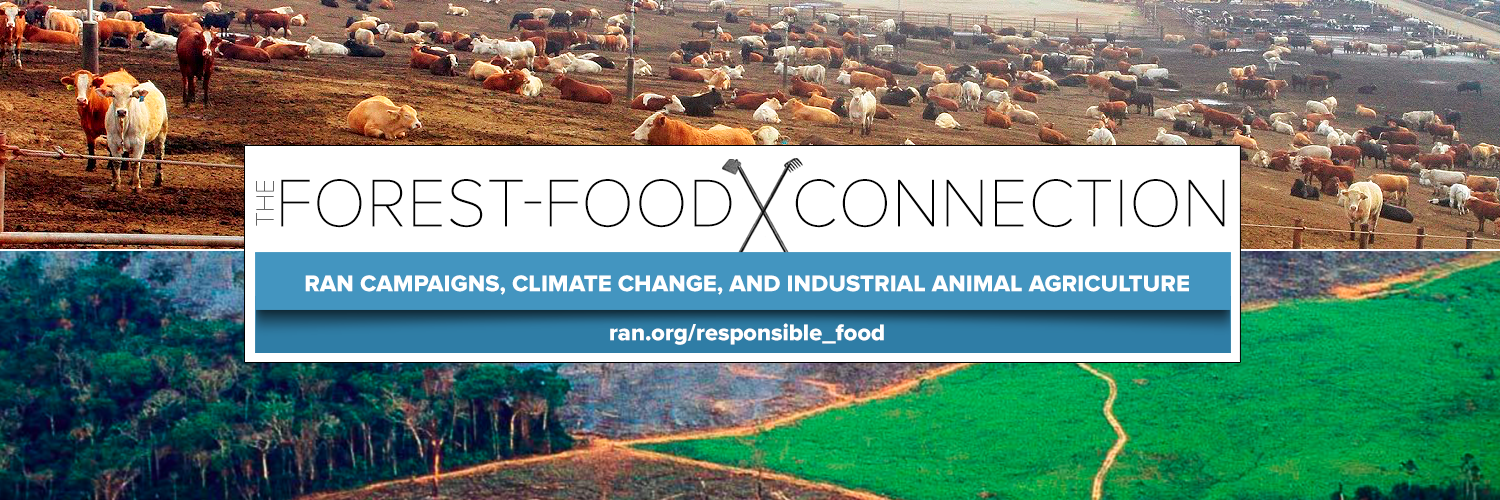Big Food companies, such as Cargill, Monsanto, and Tyson Foods, continue making record profits as more and more people struggle to feed their families, family farmers struggle to stay on their land, and, globally, peasants and Indigenous communities struggle against land grabs that threaten their livelihoods and even their lives.
While corporations and governments profit from top-down, market-driven policy approaches, food sovereignty is an approach focused instead on people and communities. [113]
Food sovereignty is a movement rooted in the needs of the peasants, subsistence farmers, Indigenous peoples and landless workers who are most vulnerable to adverse impacts by the spread of industrial agriculture and loss of livelihoods, increased poverty and malnutrition. The concept of food sovereignty goes well beyond ensuring that people have enough food to meet their nutritional needs; it’s about people reclaiming their power in the food system by rebuilding their relationships with the land, and between food providers and consumers. Food sovereignty aims to support the many struggles that exist around the globe today over control of food, water, forests, farmland, and livelihoods. [114]
A responsible food system can foster a world where producers and consumers, not corporations, control our food system. A handful of large corporations control our food system right now. Food sovereignty takes this control and re-allocates it into the hands of people who produce, distribute and consume food. It ensures that farmers and communities have the right to define their own food systems. Food sovereignty also recognizes that women are the backbone of rural communities, and appreciates the historic role women have played in nourishing their families, gathering and sowing seeds, and in many parts of the world, serving as guardians of genetic resources. [115]
To use the example of Latin America, small-scale farmers are often forced off their land by soy plantations, which grow large amounts of animal feed to export to industrialized countries. In Paraguay, more than 100,000 small-scale farmers have been displaced from their soy farms since 1990. Likewise, there are human and land rights conflicts in Brazil, where already 1% of the population owns more than 46% of the land area. In Argentina, more than 50% of the soy plantations are owned by 2% of the companies. Fifty-seven percent of the companies possess 3% of the used area. [116]
In the past decade, more than 81 million acres of land worldwide—an area the size of Portugal—has been sold off to foreign investors. [117] Many of these land grabs happen without the free, prior, and informed consent of communities that often result in farmers being forced from their homes and families left hungry. While these large-scale land deals are supposedly being struck to grow food, the crops grown on the land rarely feed local people. Instead, the land is used to grow profitable crops—like palm oil and soy—often for export. In fact, more than 60 percent of crops grown on land bought by foreign investors in developing countries are intended for export, instead of for feeding local communities. Worse still, two-thirds of these agricultural land deals are in countries with serious hunger problems. [118]
Worldwide, 80% of the area of all agricultural land is used for fodder (food for livestock), with 44% of the world’s grain harvest diverted to industrialized meat production. [119] In the European Union, two-thirds of the agricultural crop land is used for animal feed. [120] Imagine how many people across the globe that could be nourished if that 80% of agricultural land went into commodity production for direct human consumption instead of to feed livestock!
If current crop production used for animal feed and other non-food uses (including biofuels) were targeted for direct consumption, some 70% more calories would become available, potentially providing enough calories to meet the basic needs of an additional 4 billion people (the ‘diet gap’).” [121]
Why not take a good look at the potential implications of these numbers and make some drastic changes to our global food system so that a portion of current crop production used for animal feed were targeted for direct human consumption? There could be more than enough food to go around. It’s within our power to demand a responsible food system that fosters a world where producers and consumers, not corporations, control our food system. By re-allocating control into the hands of farmers and communities, who have the right to define their own food systems, we can start to tip the scales towards global food security and food sovereignty.
[113] http://usfoodsovereigntyalliance.org/what-is-food-sovereignty/
[114] http://usfoodsovereigntyalliance.org/what-is-food-sovereignty/
[116] http://www.environmentmagazine.org/Archives/Back%20Issues/2015/May-June%202015/meat_abstract.html
[117] http://www.oxfamamerica.org/take-action/campaign/food-farming-and-hunger/land-grabs/
[118] http://www.oxfamamerica.org/take-action/campaign/food-farming-and-hunger/land-grabs/
